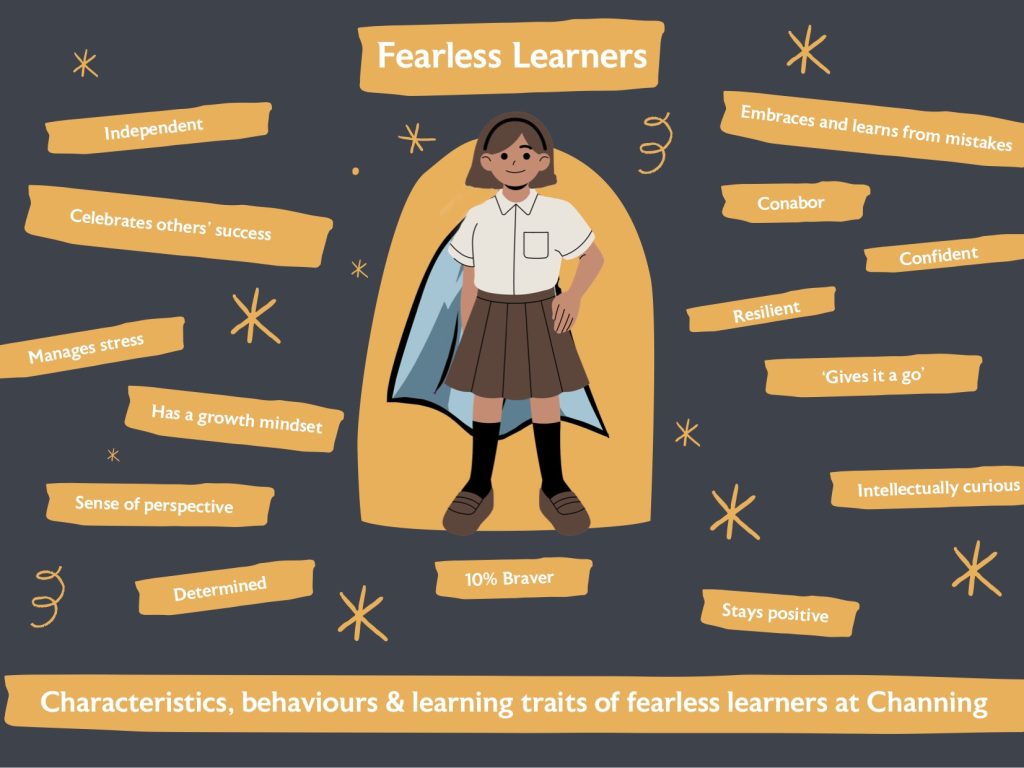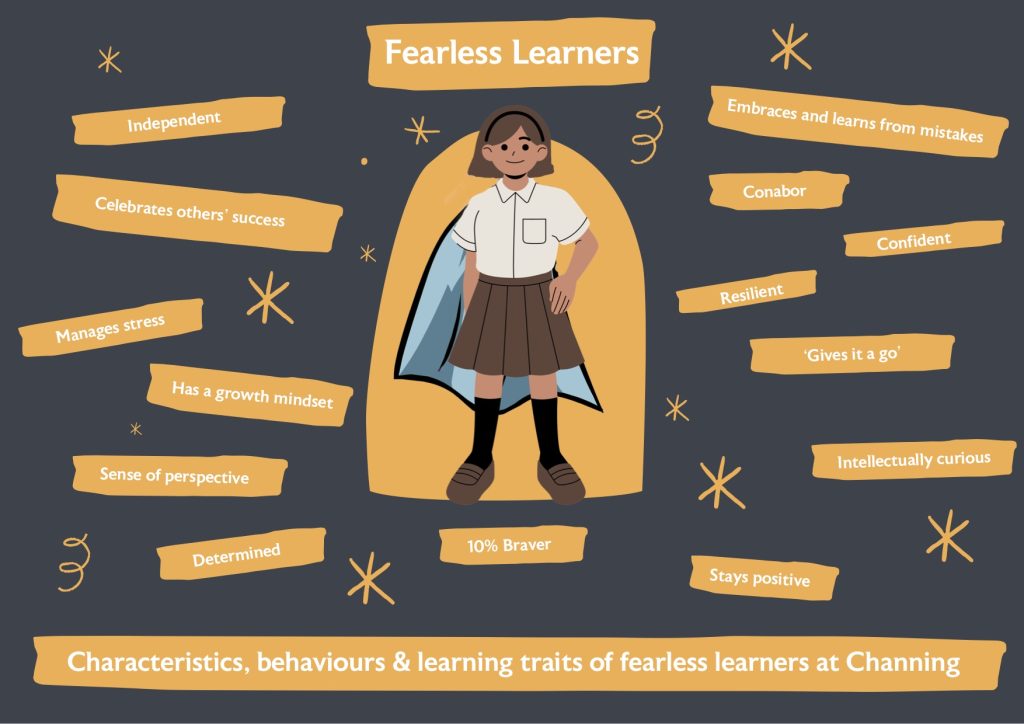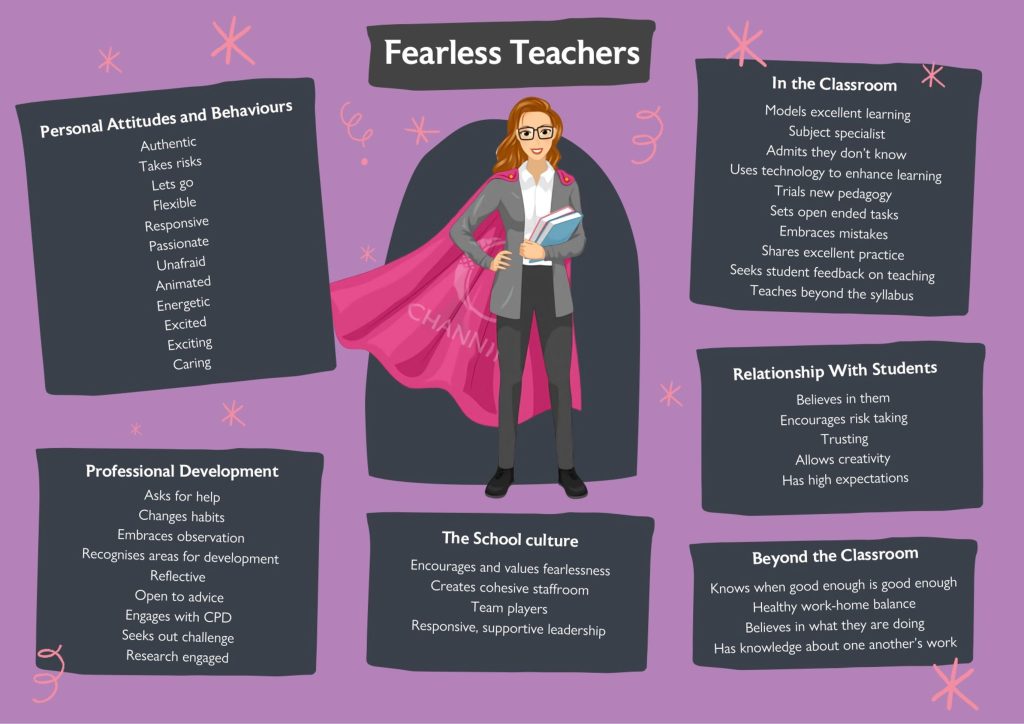A fear of failure is a well-documented attribute of many young people – especially high-achieving, bright girls – which can contribute to mental health issues and stop them making the academic progress they should. At Channing we felt it was time we addressed this issue head on.
We initiated a school-wide survey asking what causes Channing students to have a fear of failure. The responses highlighted the embarrassment and worry of getting things wrong and not being good enough; fear of not living up to family and teacher expectations and letting people down, and fear of participation in class, tests and exams.
One of our key messages to parents, staff and students has been that there are benefits to failing – we all need to see failure as a learning opportunity. You can view failure as either ‘enhancing’ or ‘debilitating’. An enhancing view of failure sees setbacks as a chance to learn and grow, whereas a debilitating view of failure sees setbacks as a source of shame and forms the basis of a negative judgement on someone’s ability. Obviously we all want our young people to respond to challenges, failure and setbacks with a growth mindset. How we react to children’s setbacks is important, if we are to maintain their motivation and learning.
Our message to everyone in our school community is that they should view tests and mock exams as opportunities. Tests motivate our students to begin their revision early; identify topics they do and do not understand; and road test their revision strategies. They give students a taste of the pressure of exams and let them practise vital exam techniques. They increase student belief that exams are doable and they are an opportunity to ask for help.
We wanted to give students ownership of the idea of fearlessness. So we asked them what they think are the characteristics, behaviours and learning traits of a fearless learner. We created an infographic that depicts what Fearless Learners look like. These are displayed in all our classrooms.
We also believe that it is vital that we model fearlessness. We asked our staff what they think Fearless Teachers look like at Channing and produced another infographic that outlined this.
How do we know what we are doing is working? The language of Fearless Learners is increasingly being used across the school; teachers report more engagement and more risk-taking in the classroom; pupils report that they understand how different questioning and feedback techniques are helping them become more independent and confident learners. This is just the beginning!
To find out more about our unique educational approach visit our Teaching and Learning page.





